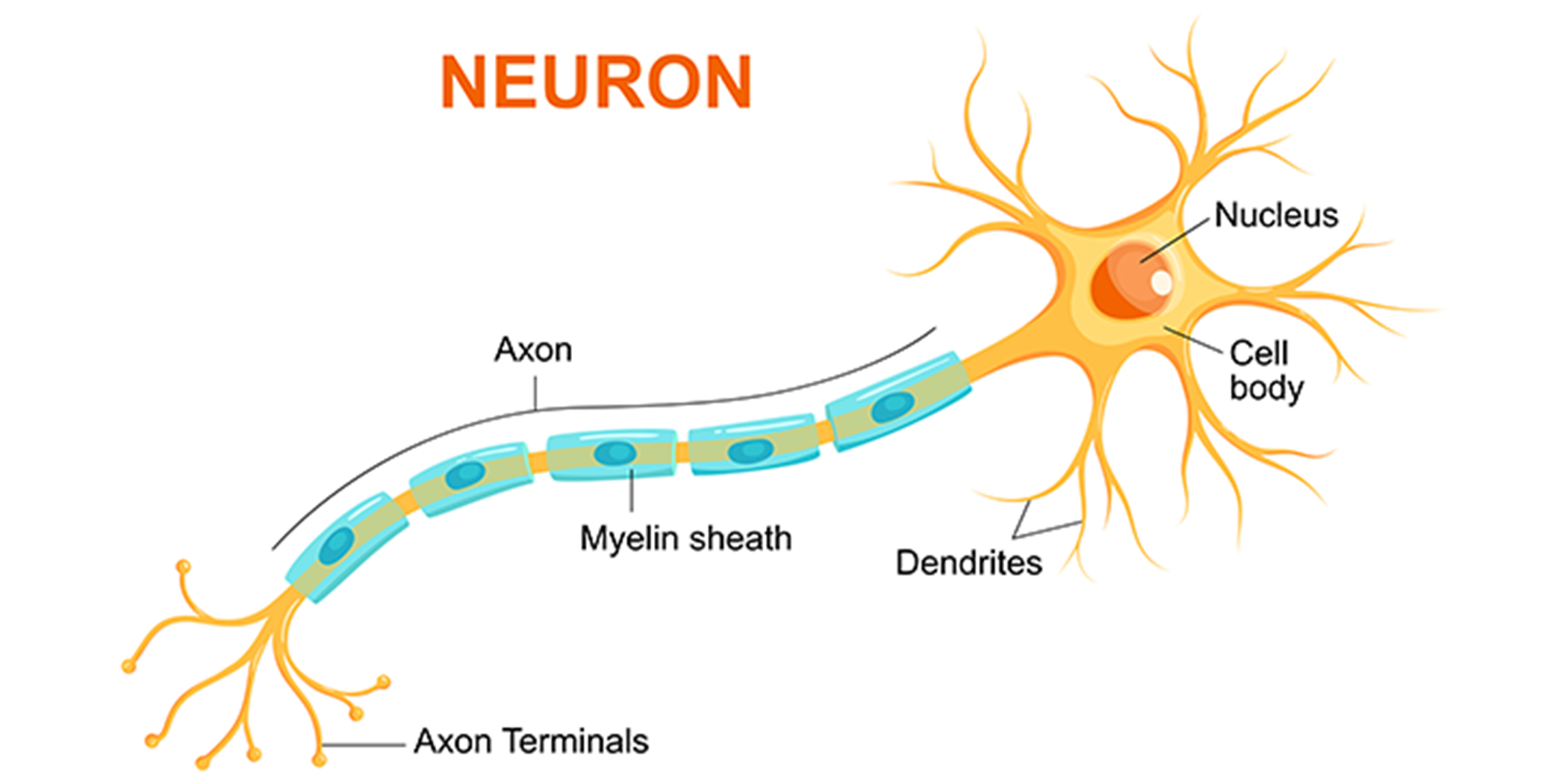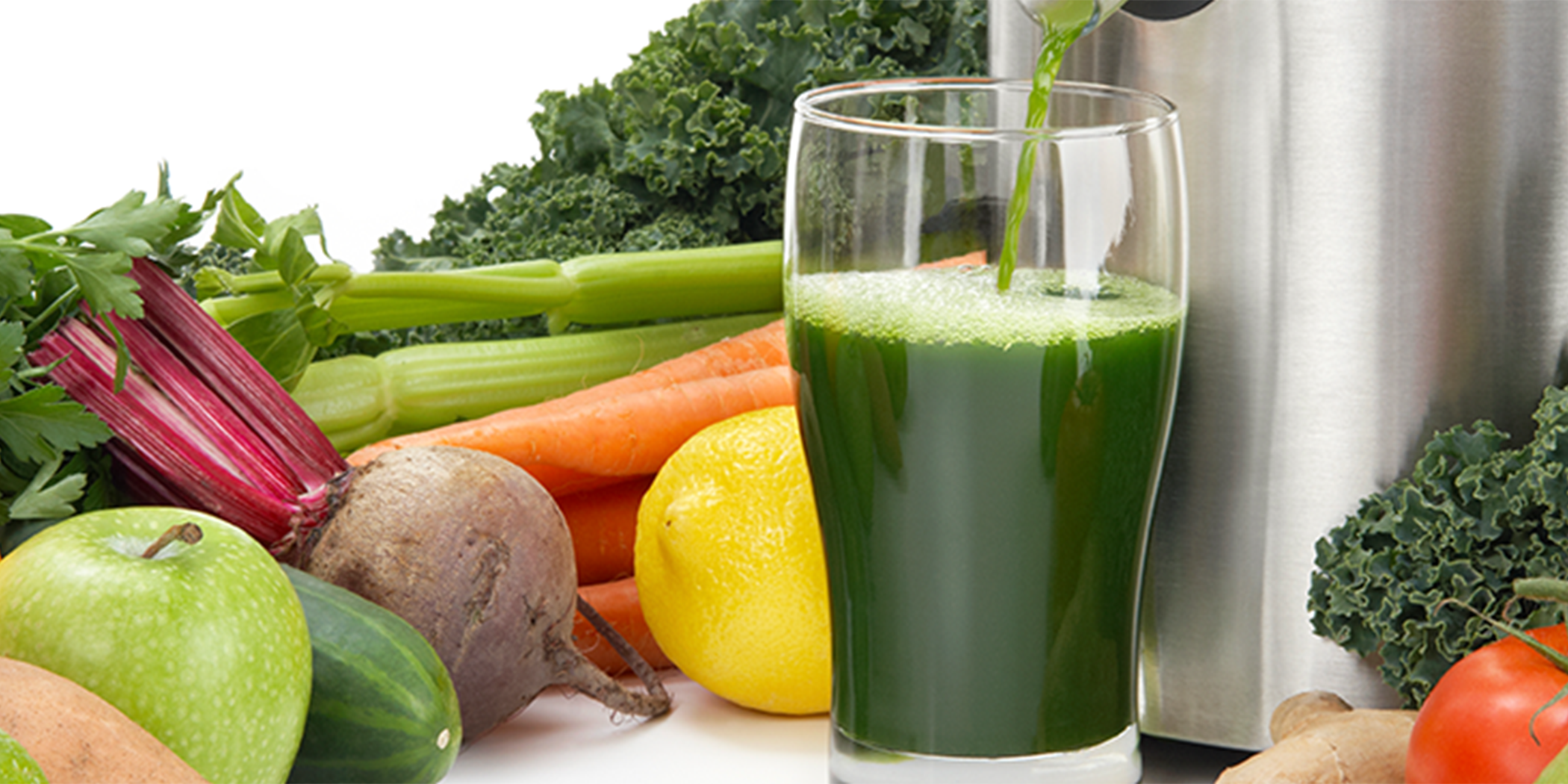
Many of us don’t realize how much we rely on our joints every day for simple tasks. Your joints are responsible for every conceivable action in the body, and our quality of life depends to a great extent on how well (and painlessly) our joints function.
Most people think of joint problems as just a natural part of aging. While it’s true that our joints tend to suffer ‘wear and tear’ from aging, there is a lot you can do right now to help your joints function optimally as you get older. Today we take a look at the anatomy of the joints as well as some general guidelines for how to practice good joint health as you age.
Article At-A-Glance
- In human anatomy, the joint is a connection between two bones made of cartilage and fibrous connective tissue.
- There are many types of joints, but the most common are synovial joints, which are surrounded by fluid that helps them move freely.
- Joint stiffness can be a natural part of aging, but lifestyle factors can also play a role.
- Stretching, weight training and aerobic exercise can all have a hand in helping protect your joints as you age.
- Icing your joints and joint supplements may be beneficial in relieving pain in damaged joints.
- Diet can play a major role in maintaining your joint health as you age. Certain natural foods contain anti-inflammatory properties that may benefit joint function.
What Are Joints?
We all know joint pain when we feel it, but what is actually inside our joints? In one sense, a joint is a physical point that connects two bones. The knee, for instance, is the point that connects the femur (thigh bone) and the tibia (shin bone.) (source.) The purpose of a joint is to allow movement. Joints are usually constructed from fibrous connective tissue and cartilage (source.)
The Types of Human Joints
Joints are typically categorized by the kind of motion that they allow. The most common and freely moving joints in the human body are called synovial joints. These joints are surrounded by a fibrous tissue or sac called the joint capsule. This capsule contains a substance called synovial fluid that helps keep the tissues and spaces within it lubricated (source.) The following is a list of the types of synovial joints in the human body.
Ball and Socket Joint — Just as the name suggests, ball and socket joints are made up primarily of two bones: one with a rounded ball-like end, and the other with a cup-like depression. This joint hinges together in a way that allows for a wide range of motion. Examples of ball and socket joints are the hips and shoulders.
Condyloid Joints — Similar to a video game joystick, condyloid joints are versatile. However they do not allow rotation. Examples of condyloid joints are the fingers and jaw (source.)
Gliding joint — Sometimes called a Planar Joint, a gliding joint allows bones to glide past one another. This is important for mobility in certain areas of the body: for instance the wrists, ankles and spine (source.)
Hinge Joints —These joints are the easiest to picture: just imagine the hinges of a door. Two examples would be your knees and elbows.
Pivot Joints — Pivot joints allow rotation, and help your perform basic actions like twisting your neck. Pivot joints perform a specific function, and you only have three of them in your body: your neck, elbow and wrist (source.)
Saddle Joints — A good example of a saddle joint is at the base of your thumb. These joints don’t allow full rotation, but they do allow side to side and forward/backward motion (source.)
Caring For Your Joints: Why We Get Stiff As We Age
While you can help protect your joints as you age, joint stiffness may for some people be a natural part of getting older. In fact, most people will experience joint stiffness at one point or the other (source.)
On the one hand, joints can become stiff simply from a lifetime of use. Another reason for this is because our cartilage (the spongy material at the end of your bones) actually becomes dried out and stiffer over time. Your body also manufactures less synovial fluid, which can mean that your joints have less lubricant to move smoothly (source.)
Age isn’t the only contributor to joint stiffness. The following factors can also play a role: joint-related inflammation, obesity, diet, and bursitis bursitis (not sure if we can say this) (source.)
Ways To Prevent Joint Damage
If you’re not currently experiencing joint issues, it might feel strange to think about protecting your joints. However, if you can observe these healthy habits now, you will eventually be very glad you did. Furthermore, everything on this list is not only good for your joints, it’s good for your whole body (source.)
Maintain a Healthy Weight
Here’s an amazing fact: every pound that you lose removes four pounds of pressure from your knees! According to Dr. Kevin Fontaine, rheumatology professor at Johns Hopkins University, “Being just 10 pounds overweight increases the force on your knees by 30 to 40 pounds with every step you take (source.)”
You can see why weight management matters when it comes to protecting your joints as you age. Losing weight can actually lessen wear and tear on your joints and may help slow their deterioration (source.)
Get Some Aerobic Exercise
The golden rule of joint health is this: the more you move, the less stiffness you’ll have (source.) Research shows that you may experience less pain and stiffness if you remain active. Aerobic exercise increases circulation and blood flow, which helps keep cartilage well-nourished. Of course another advantage is that it will also help you stay at a healthy weight level (source.)
You may be wondering, “What types of exercises are good for joints?” In general, you want to shoot for low-impact or ‘low-joint load’ exercises. These are activities that give you a good workout without putting an immense amount of stress on the joint itself.
The following activities are considered low joint-load exercises: bicycling, walking, and swimming. If you have a gym membership, some exercise machines are also built for low impact (elliptical, stair climber, stationary cycle.) If you ask your gym staff, they may be able to point you toward others as well.
Build Muscle Strength Around The Joints
As we stated earlier, movement from exercise and everyday activities puts stress on the joint. However, building up muscle strength around the joint can actually take some of the pressure and shock off of the joint itself (source.) If you want to lessen the stress on your knees, for instance, try to strengthen the quadriceps, which are located in front of your thigh. For other specific workouts, talk to a personal trainer or physical therapist. They can help guide you through strength exercises that will help protect your joints from wear and tear (source.)
Make Stretching A Regular Routine
Stretching is becoming more and more of a habit for Americans with the rise of yoga. But even if you don’t practice yoga, stretching is an important (and often overlooked) part of a healthy workout routine. Stretching not only fights joint stiffness, it can also help shield your cartilage from wear and tear (source.) According to Dr. Charles Bush-Joseph of Rush University Medical Center, “The more your joints move, the more the cartilage gets nourished by the joint fluid.” In other words, stretching helps keep your joints healthy (source.)
Stand Up Straight!
As a kid you tend to think that posture doesn’t really matter. But as we get older it can make a real difference, especially when it comes to joint health. As it turns out, slouching is bad for your joints. Good posture however can protect your hips, back muscles and all of your joints from your neck to your knees (source.) According to Kara Griffith, exercise physiologist at Colorado Canyons Hospital, sitting or standing crookedly (such as resting on one leg) can lead to hip strain. She goes on to say that “your joints wear down naturally over time. If your posture is even, not many problems arise. But if you’re uneven, more pain and issues tend to occur (source.)”
Certain exercises can also be of benefit when it comes to reinforcing good posture. A physical therapist or personal trainer could give you exercise routines that are easy to do around the house that can help retrain the way you stand and carry yourself. Even a simple youtube search will yield some ideas.
The posture you use when lifting or carrying is also very important. If you do a lot of lifting or moving things, be sure to use a good stance and bend with your knees. If you are carrying something heavy, be sure to not put too much stress on one area. For example, if you have a backpack it’s better to carry it with two shoulders instead of one. A heavy backpack on one shoulder can put undue stress on the joints on one side of your body (source.)
Ways To Help Damaged Joints
Dealing with joint pain or injury can be tough. It’s a nagging ache that can make even simple movements difficult. The good news is that there are practical steps you can take to reduce pain and help ease your joints. Here is a to-do list if you are dealing with damaged joints.
Put Ice On It
If you have a swollen or inflamed joint, ice can help. If the joint has been injured, then ice therapy will be most effective within the first 48 hours. If you’re familiar with sports, you may have heard of the RICE protocol (Rest, Ice, Compression, and Elevation.) This can be a great first aid when dealing with a joint injury (source.)
Cold therapy can help on a number levels. On the one hand it can numb sore tissues by slowing the pain signals sent to the brain. Another way ice helps is by decreasing inflammation by causing the blood vessels to constrict. This can reduce the risk of swelling and tissue damage (source.)
When an injury occurs, synovial fluid may increase up to 10 or 20 times the normal volume (source.) This is what occurs during swelling. Applying ice or cold treatment can slow the production of synovial fluid and help keep swelling down to a more comfortable level (source.)
Supplements
While some supplements are geared toward joint maintenance, others may be beneficial at helping relieve pain associated with damaged or inflamed joints. Here is a list of some of the most common and effective joint supplements.
Glucosamine
Glucosamine is a compound that is a natural component of cartilage, the connective tissue found in your synovial joints. Some studies show that glucosamine may help protect against the deterioration of joints and the narrowing of joint space (source.)
Research has shown that there may be a difference in effectiveness between the different types of glucosamine on the market. Currently there are two: glucosamine hydrochloride and glucosamine sulfate. A meta-analysis concluded that glucosamine hydrochloride may not help with joint pain symptoms. However, another study of 318 people indicates that glucosamine sulfate may be beneficial with relieving pain associated with deteriorating joints (source a, source b.)
Chondroitin
As with glucosamine, chondroitin is one of the building blocks of cartilage. Also, similarly to glucosamine, chondroitin may help alleviate pain and stiffness among those suffering from joint deterioration. Some research concluded that chondroitin may also have some preventative benefits for joint health and that it may help slow the progressive narrowing of joint space (source.)
Turmeric/Curcumin
Turmeric is one of the hottest supplements on the market today because it is linked to so many potential benefits. Turmeric, if you don’t know, is a yellow spice found in many traditional Indian dishes. Researchers are learning that one of the compounds in turmeric (curcumin) may possess powerful anti-inflammatory properties. The health community is eagerly conducting studies to determine the effect of curcumin on joint health.
A major review of existing scientific literature was performed to determine the effect of curcumin on the joints. The review concluded that 1000 mg per day of curcumin can reduce joint pain and inflammation. What’s more, curcumin was observed to work without the adverse side effects common to other joint therapy treatments (source.) Despite the size of the review, the authors advise that more research is needed to understand the full potential of curcumin for joint health.
Fish Oil/Omega-3’s
Like Curcumin, Fish Oil has been studied and linked to joint benefits. The active compound in fish oil is Omega-3, which is an essential fat that your body needs to function at its best (source.) An overview of clinical research concluded that Omega-3’s may cause a small, but noticeable reduction in symptoms of joint pain and inflammation (source.)
Joint-Healthy Foods
Diet can play a major role in maintaining your joint health. The foods you eat can help keep your joints and bones that connect them strong. In general, you want to stick to more natural (and less processed) food, and also include menu items that have anti-inflammatory properties (source.) For a joint-healthy diet, try incorporating some of these foods into your routine:
Grapes — Not only are grapes nutrient dense, but they also have some anti-inflammatory effects (source.)
Spinach — Leafy greens in general are nutritious and some studies have concluded that they may combat inflammation (source.)
Cherries — Many studies have concluded that fresh cherries may have an anti-inflammatory effect on the body (source.)
Red Peppers — Not only do red peppers contain Vitamin C, they also help your body produce collagen, an essential building block for your cartilage, tendons and ligaments that form your joint cushion (source.)
Walnuts — Tasty and nutrient-dense, walnuts also contain Omega-3 fatty acids. Walnuts also have anti-inflammatory properties (source.)
Berries — Berries are high in antioxidants, which can help fight free radicals within the body (To learn more, click here.) In a study of 38,000 women, those who ate at least two servings of strawberries a week, were 14% less likely to have elevated markers of inflammation in their blood (source a.)
Final Thoughts On Joint Health
It can be easy to overlook your joint health if you’re not currently dealing with joint pain. However, as we age it becomes increasingly important to be mindful of our lifestyle and how it can affect our joints. Just being aware of simple habits like posture and diet can have a significant impact down the road in how we feel and our quality of life. Also, developing an exercise routine that is easy on the joints could help set you up for a long and active lifestyle even into your old age.








.png?width=1350&name=Procera%20Logo%20W%20Tagline%20White%20(3).png)
Comments
Add Comment